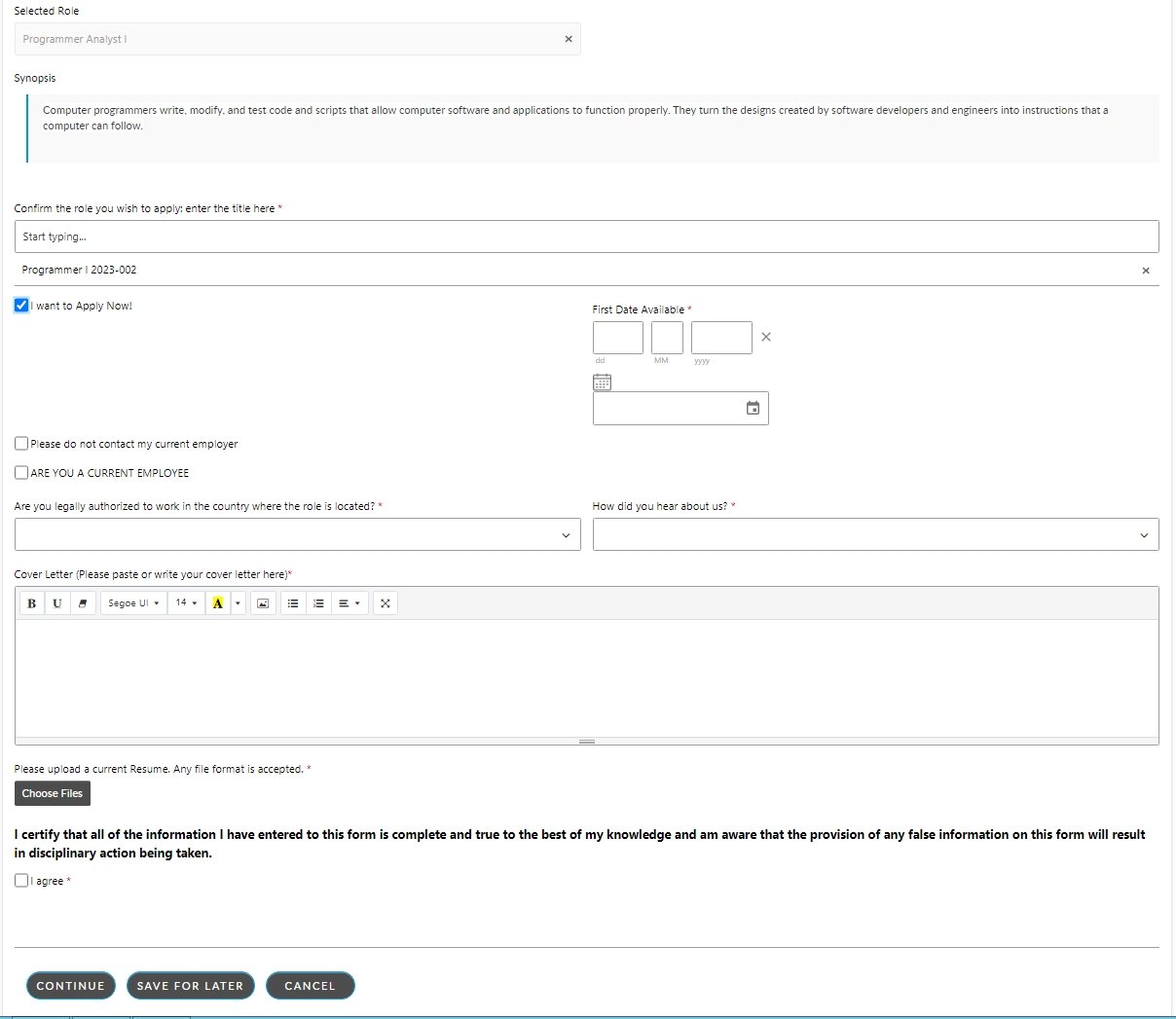Example Configuration
Below is a sample configuration for Workforce and Talent Management
To implement Workforce and Talent management, you will need to plan your program well before you begin building. It is perhaps best to start with a checklist and then compare that against what you already have In ASM. Below is the configuration that was placed in the product for ITIL V4 compliance in 2023. It may not all work for your organization and that is OK! Pull from it what is useful.
Contact Professional Services at [email protected] if you want more information, details, or design specifics.
Part 2: System Administration Settings
Once you have roughed in a plan for all the specific information you need for your strategy, its time to set the system up to accommodate it. In our system, we updated the following:
Partitioning. We setup partitioning and partitioned screens, call templates, workflow templates and the bulletin board (to send public notices to non-employees) in addition to all the other standard partition settings.
Security Profile. We setup a security profile for HR in order to be able to selectively hide PII on screen from everyone but HR.
CMDB Item Types. It is important to not get confused between Employees, Candidates, and Mentors and Mentees as CI and those same individuals as People in the system. The Person record created is merely there to facilitate access to the Portal and to ASM for logging issues and requests, and nothing more. The records of these individuals in the Federated CMDB as a 'CI" is where all of the data is housed and where the journey is actually managed. This is critical because we are able to create the kinds and types of dependencies and relationships we would not otherwise be able to accomplish by only using a person type entity. The Person entity in ASM is an account record, and nothing more.
Self Service Portal Systems: Do you need a new Portal? One for HR and a public "Careers" Portal for prospective candidates to browse open positions and apply for listed roles, is one possible solution.
In Workflow Management, we created the request screen sets for publishing Roles and for onboarding new candidates. Consider each screen and the data you want on each. You will need to configure the correct system values before you build your screens.
You might also want to:
Create a screen set for requesting training and Professional Development.
Create screens for managing Reviews, time off, sick leave and off-boarding.
Set up the relevant Employee Journey phase and status values in Workflow Management.
Part 3: Screens
After you have configured your system, you can begin building your screens to support your Employee Journey Strategy. You will have several. Below is an example of the screen build for an open Job Posting (AKA WF-Role CMDB Item Type). The basic elements are provided for all the listed screens, but using Designer, you can fit them to your organization, specifically.
In Screen Designer, we built all of our screens for each Screen set. As you can see, there will be a lot of screens. This list will increase if you plan to use NANO (and Alemba recommend's you give it serious consideration).
For each screen set defined above you will need (and for this reason, it is recommended you engage Professional Services):
Request Details
Request Review
Request Submission
Request Message Templates: Submission, Update, Complete, Rejected, Training Due, Training Complete and New Hire Approval and Offer Letter
Task Details
Approval Details
Approval Review
CI Details for each CI Type
Service Request Details
Service Request Submission
Service Request Review
Service Request Message Templates
Incident Submission
Incident Review
Incident Details
Incident Message Templates

Part 4: Workflows
Several workflows (and related screens) were configured to support Workforce and Talent Management. They include:
Employee Management
Disciplinary
Sickness
EPR - Master Request
EPR - 360
EPR - MBO ( Management By Objectives)
Employee Journey
Prospective Employee
New Starter
Employee Off Boarding
Training
Training Request (General)
Group Cyber Security Training Request

Part 5: Integrations and Automations
Planning for your integrations and automation is likely the most extensive part of work you will have when deciding to implement your strategy. Familiarise yourself with the RestFul API, and then as above, make a plan for the data that will passed to and from ASM.
Last updated
Was this helpful?
